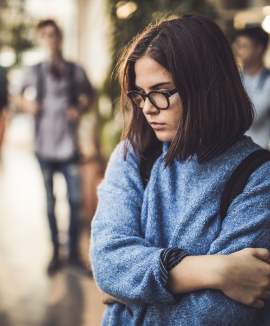Depression is a silent epidemic affecting millions worldwide. It extends beyond mere sadness or passing mood swings, manifesting as a profound and persistent mental health disorder that can cast a shadow over every facet of a person’s life. While the symptoms and consequences of depression are well-documented, a less-explored facet is its potential link to creativity. This article delves into the intricate relationship between depression and creativity, shedding light on how this mental health disorder can influence, and sometimes even ignite creative expression.

Depression is a complex condition marked by persistent feelings of sadness, hopelessness, loss of interest in activities, changes in appetite or sleep patterns, fatigue, and impaired concentration. This debilitating condition affects individuals emotionally, mentally, and physically, with causes stemming from a blend of genetic, biological, environmental, and psychological factors.
Depression often leaves individuals struggling to express themselves verbally, prompting them to seek alternative outlets for their emotions. Creative expression in the forms of art, music, writing, and other artistic endeavours emerges as one such channel.
Throughout history, many celebrated artists, writers, musicians, and other creative minds have battled mental health issues, including depression. Renowned figures like Vincent van Gogh, Sylvia Plath, and Virginia Woolf, while wrestling with depression, have left an indelible mark on their respective fields.
One theory suggests that the intense emotions experienced by those with depression may fuel their creative processes. Depression often plunges individuals into emotional vulnerability and heightened sensitivity, enabling them to perceive and interpret the world in a unique and profound way. This emotional depth can serve as a wellspring of inspiration for creative endeavours.
Engaging in creative activities offers a form of self-expression and therapeutic relief for individuals grappling with depression. Art, music, writing, and other creative outlets provide a means to externalise internal struggles, bringing a sense of relief and catharsis. Such creative expression aids in processing emotions, gaining self-awareness, and making sense of experiences.
Art therapy, a recognised form of treatment for mental health issues including depression, allows individuals to communicate their emotions and thoughts through various art forms. It promotes healing and resilience.While creativity can serve as a coping mechanism for depression, it’s essential to recognise that the creative process itself can take a toll on mental health. Pressure to produce outstanding work, meet deadlines, and gain recognition can heighten stress and anxiety, contributing to the cycle of depression.

